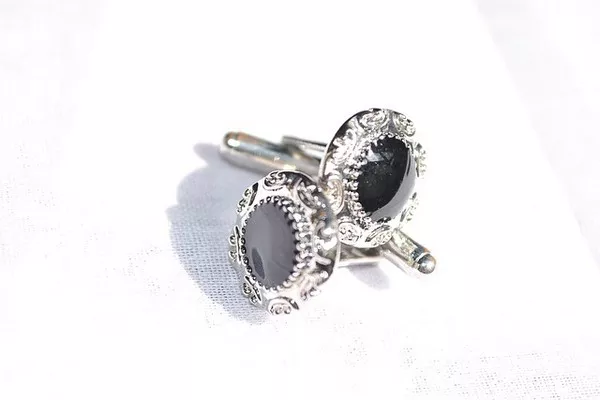In recent years, the interest in investing in precious metals has surged, with silver being a particularly attractive option due to its affordability and potential for high returns. However, before diving into the world of silver investments, it’s crucial to understand the dynamics of selling silver. While silver can offer excellent investment opportunities, the ease of selling it can vary depending on various factors. In this article, we’ll explore the ease of selling silver and provide insights into the process, market dynamics, and key considerations for potential sellers.
Understanding the Market Dynamics of Selling Silver
Before discussing the ease of selling silver, it’s essential to grasp the market dynamics that influence its saleability. The market for silver is influenced by a myriad of factors, including global economic conditions, industrial demand, geopolitical events, and investor sentiment.
Factors Affecting the Ease of Selling Silver
When it comes to selling silver, several factors can impact the ease of the process. Understanding these factors is crucial for anyone looking to liquidate their silver holdings efficiently.
Market Conditions
The current state of the precious metals market plays a significant role in determining the ease of selling silver. During periods of high demand and favorable economic conditions, selling silver may be relatively straightforward as there is likely to be ample liquidity and interested buyers. Conversely, in times of economic uncertainty or market downturns, selling silver may prove more challenging as buyers become more cautious, and prices may be less favorable.
Form of Silver
The form in which silver is held can also influence its saleability. Silver can be held in various forms, including bullion bars, coins, jewelry, and silverware. While bullion bars and coins are typically easier to sell due to their standardized purity and weight, selling silver jewelry or silverware may require additional steps such as authentication and evaluation of craftsmanship, which can affect the ease and speed of the selling process.
Purity and Weight
The purity and weight of the silver being sold are critical factors that determine its value and saleability. Silver purity is usually expressed in terms of fineness, with higher purity silver commanding higher prices. Additionally, the weight of the silver item directly impacts its value, with heavier items generally fetching higher prices. Silver buyers often assess the purity and weight of the silver to determine its value, so having accurate information about these aspects is essential when selling silver.
Market Access
Access to potential buyers is another crucial factor that affects the ease of selling silver. In today’s interconnected world, there are various avenues through which silver can be sold, including online platforms, bullion dealers, pawnshops, and auction houses. The ease of accessing these markets may vary depending on factors such as location, network, and familiarity with the selling process.
Key Considerations for Selling Silver
When considering selling silver, there are several important factors to keep in mind to ensure a smooth and successful transaction.
Research and Preparation
Before selling silver, it’s essential to conduct thorough research to understand the current market conditions, trends, and prices. This information can help sellers make informed decisions about when and where to sell their silver for the best possible outcome. Additionally, preparing the silver for sale by ensuring it is properly cleaned, authenticated, and accurately weighed can enhance its saleability and value.
Choose the Right Selling Method
There are various methods available for selling silver, each with its pros and cons. Sellers can choose to sell their silver directly to bullion dealers, pawnshops, or online platforms, or they can opt for auction houses or consignment services. The choice of selling method will depend on factors such as convenience, desired selling price, and the urgency of the sale.
Be Flexible with Pricing
Flexibility with pricing can be essential when selling silver, especially during periods of market volatility. Being open to negotiation and willing to adjust the selling price based on market conditions and buyer preferences can help facilitate a quicker sale. However, sellers should also be mindful of setting a minimum price below which they are unwilling to sell to avoid selling their silver at a loss.
Ensure Security and Trust
Security and trust are paramount when selling silver, especially when conducting transactions online or with unfamiliar buyers. Sellers should take precautions to protect themselves against fraudulent buyers and ensure that they are dealing with reputable and trustworthy individuals or institutions. Using secure payment methods and verifying the identity and credentials of potential buyers can help mitigate the risk of fraud and ensure a smooth transaction process.
Conclusion
While selling silver can offer lucrative opportunities for investors and collectors alike, the ease of selling silver can vary depending on various factors such as market conditions, the form of silver, purity and weight, market access, and selling method. By understanding these factors and following key considerations such as conducting research, choosing the right selling method, being flexible with pricing, and ensuring security and trust, sellers can maximize their chances of successfully selling their silver holdings. With careful planning and preparation, selling silver can be a rewarding and seamless experience for those looking to capitalize on their investment in this precious metal.


